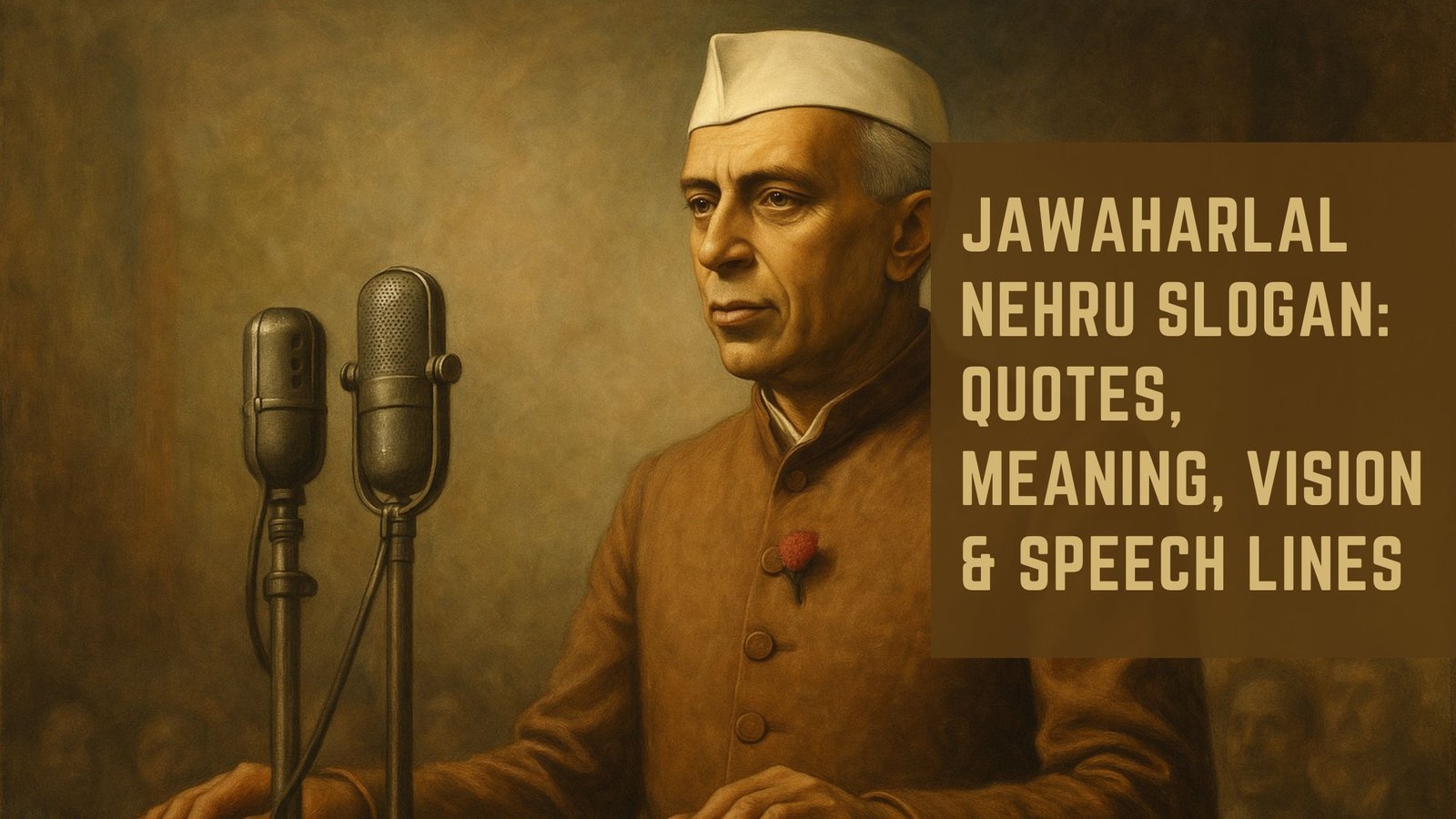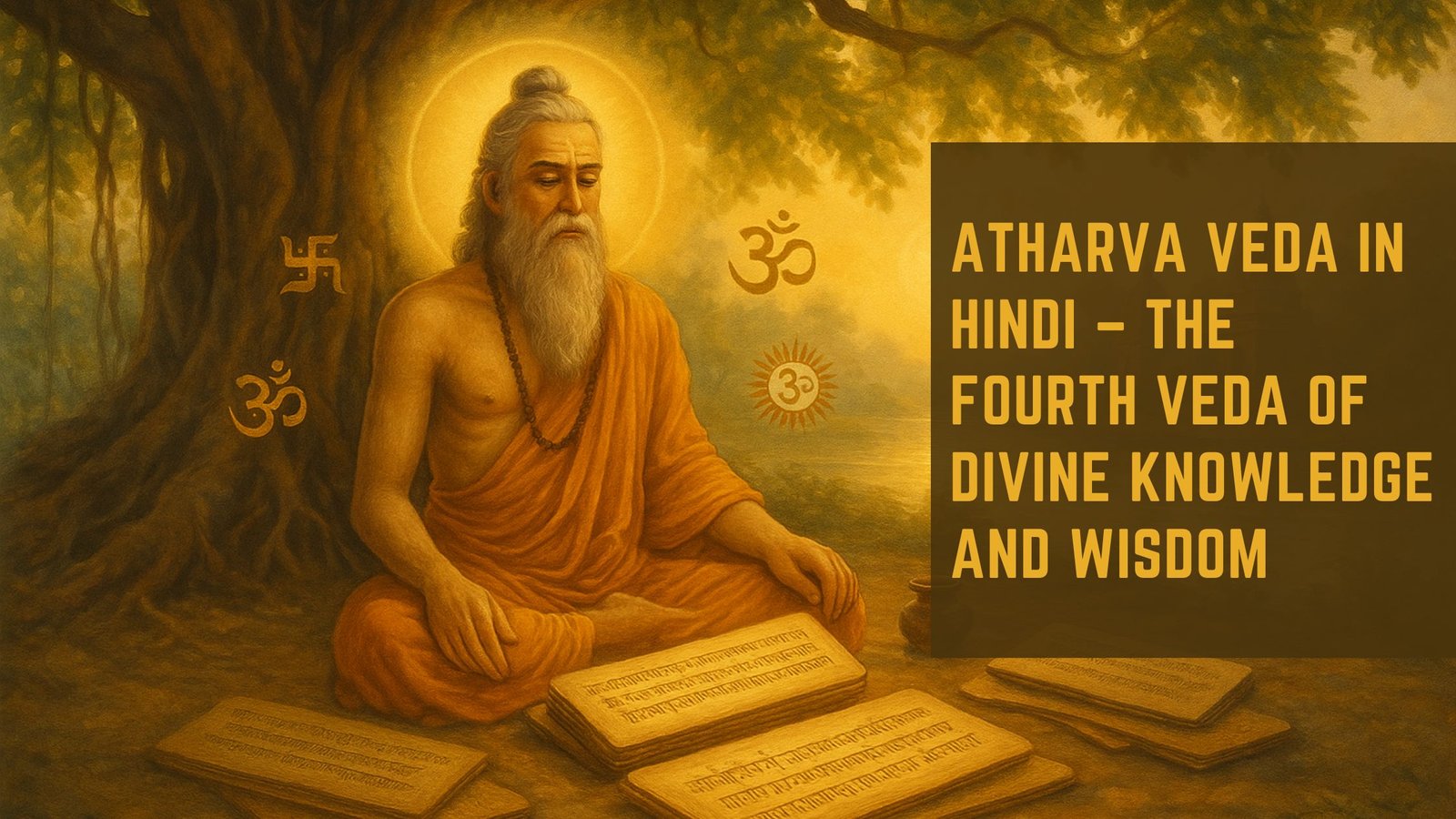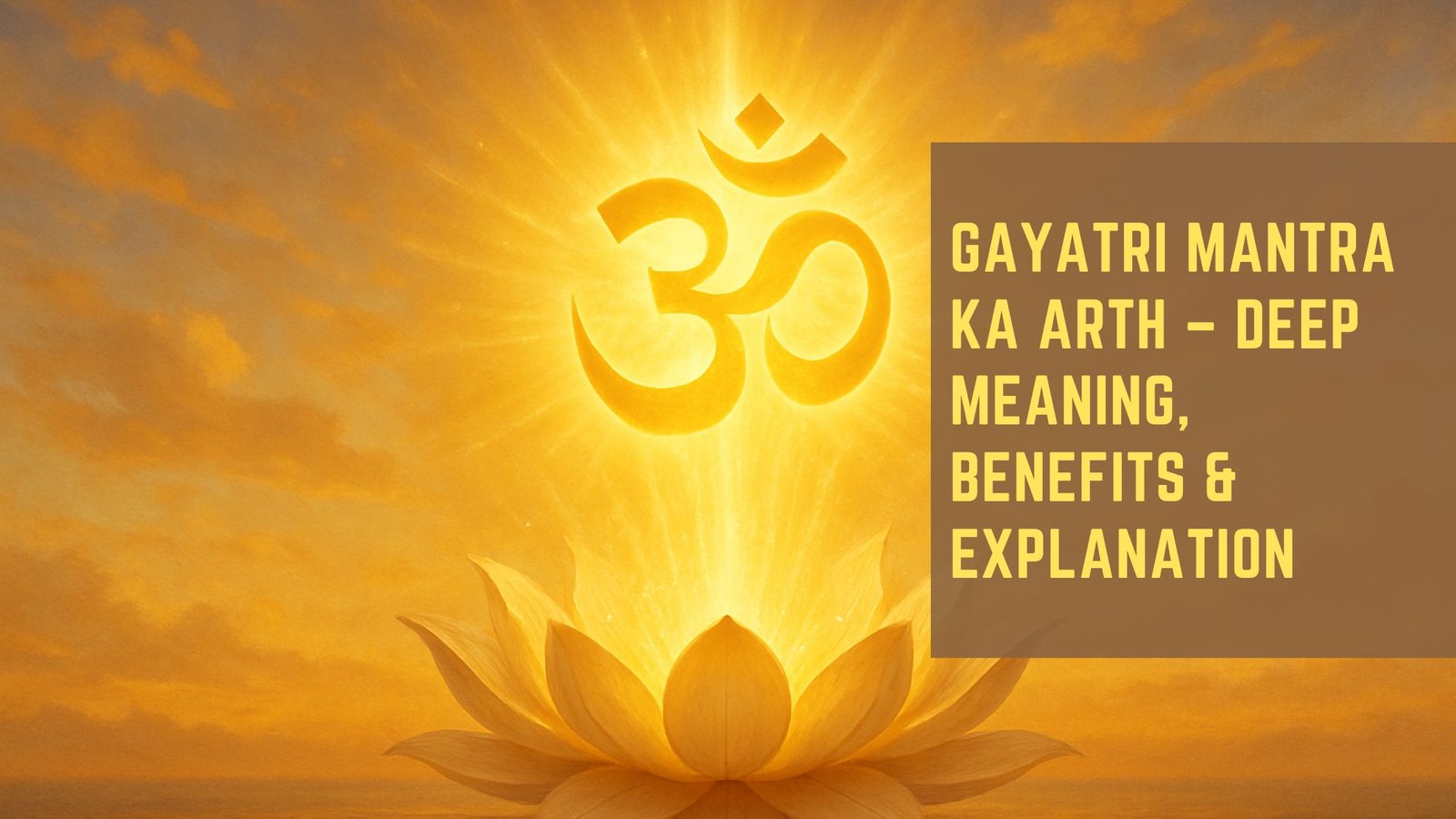The Bhagavad Gita, often referred to simply as the Gita, is a 700-verse Hindu scripture that is part of the Indian epic Mahabharata. It is a dialogue between Prince Arjuna and Lord Krishna, who serves as his charioteer. This profound text is set on the battlefield of Kurukshetra, just before a great war is about to commence.
Arjuna, filled with doubt and moral confusion about fighting in the war against his own relatives, seeks guidance from Krishna. The Gita addresses the ethical and philosophical dilemmas faced by Arjuna, but its teachings extend far beyond the immediate context of the battlefield. It encapsulates timeless wisdom that has resonated with countless individuals across cultures and epochs.
The Gita is not merely a religious scripture; it is a philosophical treatise that delves into the nature of existence, duty, and the self. Its teachings encompass various paths to spiritual realization, including devotion, knowledge, and disciplined action. The text has been interpreted in numerous ways over the centuries, influencing various schools of thought within Hinduism and beyond.
Scholars, philosophers, and spiritual seekers have drawn from its rich tapestry of ideas to explore the complexities of life, morality, and the pursuit of truth. The Gita’s relevance continues to thrive in contemporary discussions on ethics, leadership, and personal development.
Key Takeaways
- The Bhagavad Gita is a sacred Hindu scripture that offers guidance on how to live a fulfilling and purposeful life.
- Karma and Dharma are central concepts in the Gita, emphasizing the importance of righteous action and duty.
- Self-realization is the process of understanding one’s true nature and purpose, leading to inner peace and fulfillment.
- Detachment is emphasized in the Gita as a means to overcome desires and achieve spiritual growth.
- The Gita teaches that the soul is eternal and transcends the physical body, leading to a deeper understanding of the self and the universe.
The Philosophy of Karma and Dharma
At the heart of the Gita’s teachings lies the intricate relationship between karma and dharma. Karma refers to the law of cause and effect, where every action has consequences that shape an individual’s future experiences. In the context of the Gita, Krishna emphasizes that one must perform their duties without attachment to the results.
This principle encourages individuals to act selflessly and with integrity, understanding that their actions contribute to a larger cosmic order. The Gita teaches that while one cannot control the outcomes of their actions, they can control their intentions and efforts. Dharma, on the other hand, signifies one’s duty or righteousness in accordance with their role in society and the universe.
It is a dynamic concept that varies based on an individual’s age, caste, gender, and circumstances. The Gita underscores the importance of adhering to one’s dharma as a means of maintaining harmony in both personal and societal contexts. Arjuna’s initial reluctance to engage in battle stems from his confusion about his dharma as a warrior.
Krishna guides him to recognize that fulfilling his duty as a kshatriya (warrior class) is essential for upholding justice and righteousness. This interplay between karma and dharma forms a foundational aspect of the Gita’s ethical framework.
The Concept of Self-Realization

Self-realization is a central theme in the Bhagavad Gita, representing the journey toward understanding one’s true nature beyond the physical body and ego. Krishna imparts wisdom to Arjuna about the eternal nature of the soul (atman), which transcends birth and death. This realization is pivotal for overcoming fear and attachment to worldly existence.
The Gita posits that true knowledge involves recognizing oneself as part of a greater whole, interconnected with all beings and the universe. The path to self-realization involves introspection, meditation, and disciplined practice. Krishna encourages Arjuna to cultivate a sense of inner awareness that allows him to see beyond superficial identities and societal roles.
This journey requires shedding misconceptions about oneself and embracing a deeper understanding of existence. The Gita teaches that self-realization leads to liberation (moksha), freeing individuals from the cycle of birth and rebirth (samsara). By realizing their divine essence, individuals can transcend suffering and experience profound peace.
The Importance of Detachment
Detachment is another crucial aspect of the Gita’s philosophy, often referred to as “vairagya.” Krishna advises Arjuna to perform his duties without attachment to success or failure. This principle does not advocate for apathy or indifference; rather, it encourages individuals to engage fully in their responsibilities while remaining emotionally detached from the outcomes. Such detachment fosters resilience in the face of life’s inevitable ups and downs.
The practice of detachment allows individuals to maintain equanimity amidst external circumstances. By focusing on the process rather than being fixated on results, one can cultivate a sense of inner peace and clarity. The Gita illustrates this through various examples, emphasizing that attachment leads to suffering while detachment opens pathways to spiritual growth.
Krishna’s teachings encourage individuals to find joy in their actions themselves rather than in external validation or material rewards.
Understanding the Nature of the Soul
The Bhagavad Gita offers profound insights into the nature of the soul (atman), which is described as eternal, indestructible, and beyond physical form. Krishna explains that while the body undergoes birth, growth, decay, and death, the soul remains unchanged throughout these processes. This understanding is pivotal for overcoming fear associated with mortality and loss.
By recognizing that the soul is eternal, individuals can cultivate a sense of peace regarding life’s transient nature. Krishna’s discourse on the soul also emphasizes its interconnectedness with Brahman, the ultimate reality or universal consciousness. This relationship highlights that individual souls are not separate entities but rather expressions of a singular divine essence.
The realization of this unity fosters compassion and empathy toward all living beings. The Gita encourages individuals to see beyond superficial differences and recognize their shared spiritual heritage.
The Path to Spiritual Enlightenment

The Bhagavad Gita outlines various paths leading to spiritual enlightenment, accommodating diverse temperaments and inclinations among seekers. These paths include Karma Yoga (the yoga of selfless action), Bhakti Yoga (the yoga of devotion), Jnana Yoga (the yoga of knowledge), and Dhyana Yoga (the yoga of meditation). Each path offers unique practices and philosophies tailored to different personalities and life situations.
Karma Yoga emphasizes performing one’s duties with dedication while relinquishing attachment to results. This path cultivates selflessness and service to others as a means of spiritual growth. Bhakti Yoga centers on devotion to God as a way to transcend ego and experience divine love.
Jnana Yoga involves intellectual inquiry into the nature of reality, encouraging seekers to question assumptions and seek deeper truths.
The Gita teaches that regardless of the chosen path, sincerity and commitment are essential for achieving spiritual enlightenment.
The Role of Bhakti Yoga in the Gita
Bhakti Yoga holds a significant place in the teachings of the Bhagavad Gita, emphasizing love and devotion toward God as a means of attaining spiritual fulfillment. Krishna reveals himself as both a personal deity and an embodiment of divine love, inviting Arjuna—and by extension all seekers—to cultivate a heartfelt relationship with him. This path transcends intellectual understanding or ritualistic practices; it is rooted in genuine emotional connection.
Through Bhakti Yoga, individuals learn to surrender their ego and desires to a higher power. This surrender fosters humility and opens pathways for divine grace to flow into one’s life. The Gita illustrates how devotion can lead to liberation from suffering by aligning one’s will with divine will.
Krishna assures Arjuna that those who approach him with unwavering faith will find solace and guidance in their spiritual journey.
Applying the Teachings of the Gita in Everyday Life
The teachings of the Bhagavad Gita are not confined to philosophical discourse; they offer practical guidance for navigating everyday challenges. By integrating its principles into daily life, individuals can cultivate resilience, purpose, and inner peace. For instance, embracing karma yoga encourages people to approach their work with dedication while letting go of attachment to outcomes—an invaluable lesson in today’s performance-driven society.
By recognizing that both are transient experiences shaped by karma, one can maintain equanimity amidst life’s fluctuations. Additionally, fostering self-awareness through meditation or mindfulness practices can lead to greater clarity in decision-making and interpersonal relationships.
Ultimately, applying the teachings of the Gita empowers individuals to live authentically while contributing positively to their communities. In conclusion, the Bhagavad Gita serves as a timeless guide for those seeking meaning in their lives amidst chaos and uncertainty. Its profound insights into karma, dharma, self-realization, detachment, and devotion resonate across cultures and generations, offering pathways toward spiritual growth and fulfillment.
If you are interested in exploring the timeless wisdom of the Gita, you may also enjoy reading the article Life Lessons from the Gita: Ancient Wisdom for Today. This article delves into the practical applications of the teachings found in the Gita and how they can be applied to our modern lives. It offers insights on how we can navigate the challenges and complexities of life with grace and wisdom, drawing inspiration from the profound teachings of this ancient text.
FAQs
What is the significance of the Gita in Hinduism?
The Bhagavad Gita is a sacred Hindu scripture that is considered one of the most important spiritual classics. It is a conversation between Prince Arjuna and the god Krishna, who serves as his charioteer. The Gita addresses the moral and philosophical dilemmas faced by Arjuna on the battlefield and provides guidance on duty, righteousness, and the path to spiritual enlightenment.
What are the main themes of the Gita?
The Bhagavad Gita addresses several key themes, including the nature of duty (dharma), the concept of righteousness, the nature of the self (atman), the importance of devotion and surrender to God, and the paths to spiritual liberation (moksha).
What are some key teachings of the Gita?
The Gita teaches the importance of performing one’s duty without attachment to the results, the concept of selfless action (karma yoga), the path of devotion (bhakti yoga), and the path of knowledge (jnana yoga). It also emphasizes the need to control the mind and senses, cultivate inner peace, and develop a deep connection with the divine.
How has the Gita influenced Indian culture and philosophy?
The Bhagavad Gita has had a profound impact on Indian culture, philosophy, and spirituality. It has inspired numerous scholars, philosophers, and spiritual leaders, and its teachings have been integrated into various aspects of Indian society, including art, literature, and religious practices. The Gita’s influence extends beyond India and has also had a significant impact on the global understanding of Hinduism and spirituality.
What are some famous commentaries and essays on the Gita?
There have been numerous commentaries and essays written on the Bhagavad Gita by scholars, philosophers, and spiritual leaders throughout history. Some of the most famous include the commentary by Adi Shankaracharya, the essays by Swami Vivekananda, and the interpretations by Mahatma Gandhi. These works have helped to elucidate the deeper meanings and teachings of the Gita for contemporary audiences.











3 thoughts on “Exploring the Wisdom of the Gita: Essays on Spiritual Enlightenment”